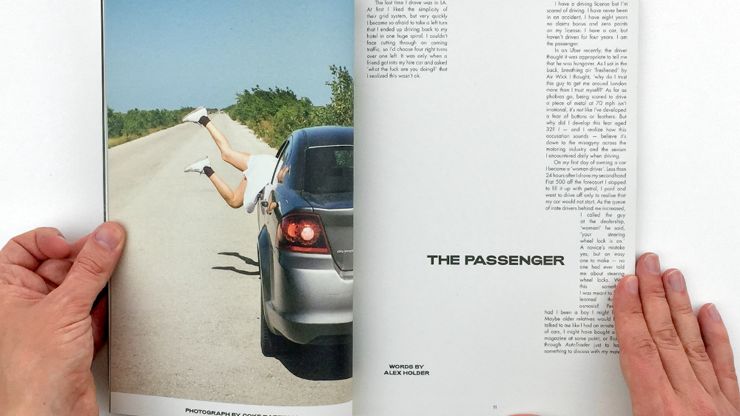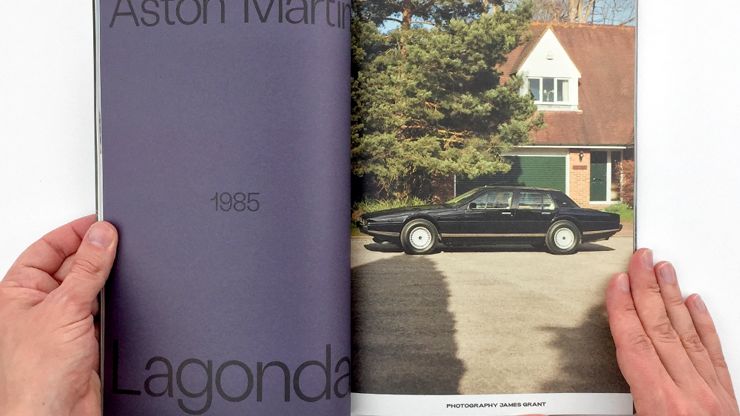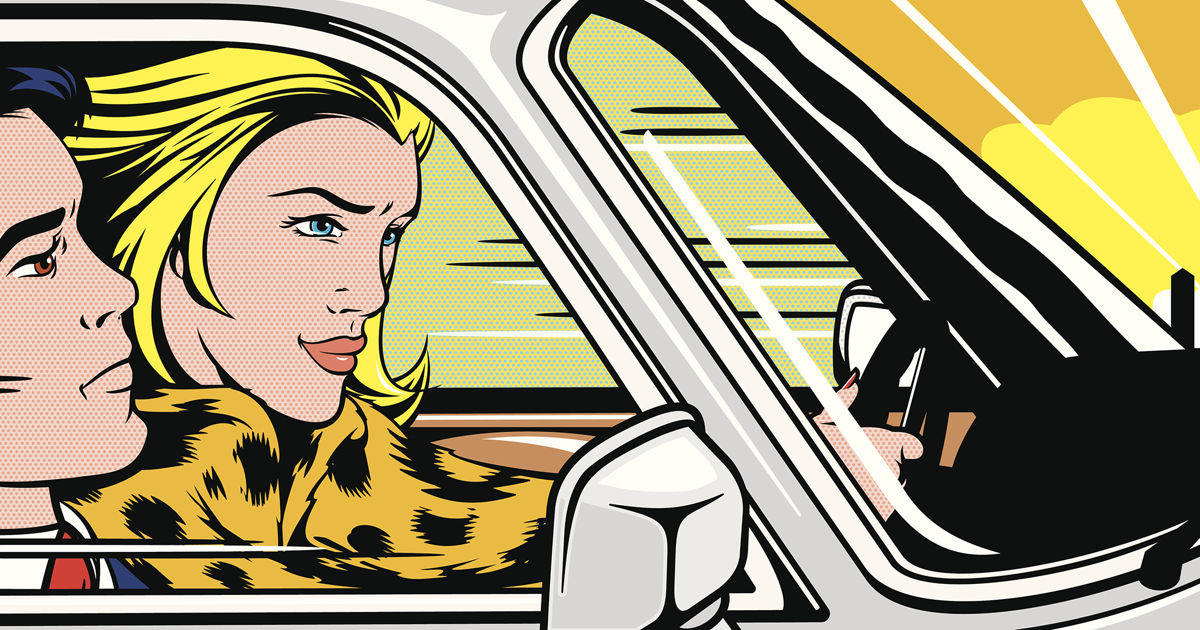Can’t buy my love: Why it's time for a revolution in car marketing to women
Pink it, shrink it, or ignore them all together; it's 2019 but car marque’s still treat women as if they are a niche audience. Nicky Kemp, Managing Editor at BITE, asks why motoring is too often seen as a man's game.
Three years ago I was asked “Could you come back later with your husband?”
At the time I was attempting to buy a car for myself, and this was the suggestion given to me by a car salesman at the dealership of one of the world’s biggest car brands.
I would love to say that there was a Pretty Woman moment that followed, where I went back to the car dealer, with the shiny new car I had purchased elsewhere; causing a flurry of regret and self-reflection at the dealership.
The message is clear: it maybe 2019 but, if you follow the narrative of mainstream automotive advertising, men remain firmly in the driving seat.
The truth is less worthy of a Hollywood movie; it has been three years since I left that dealership; deflated and disappointed, and I haven’t ventured back. It’s not just that car marque’s can’t buy my love; they don’t seem to want my money in the first place.
Credits
powered by
- Agency Mother/London
-
- Director Jake Nava
-
-
Unlock full credits and more with a Source + shots membership.
Credits
powered by
- Agency Mother/London
- Director Jake Nava
- Post Production The Mill/London
- Colorist David Ludlam
- Executive Producer Misha Stanford-Harris
- Sound Design Grand Central Recording Studios
- Sound Designer Munzie Thind
- Editor Final Cut/London
- Music Supervisor David Bass / (Music Supervisor)
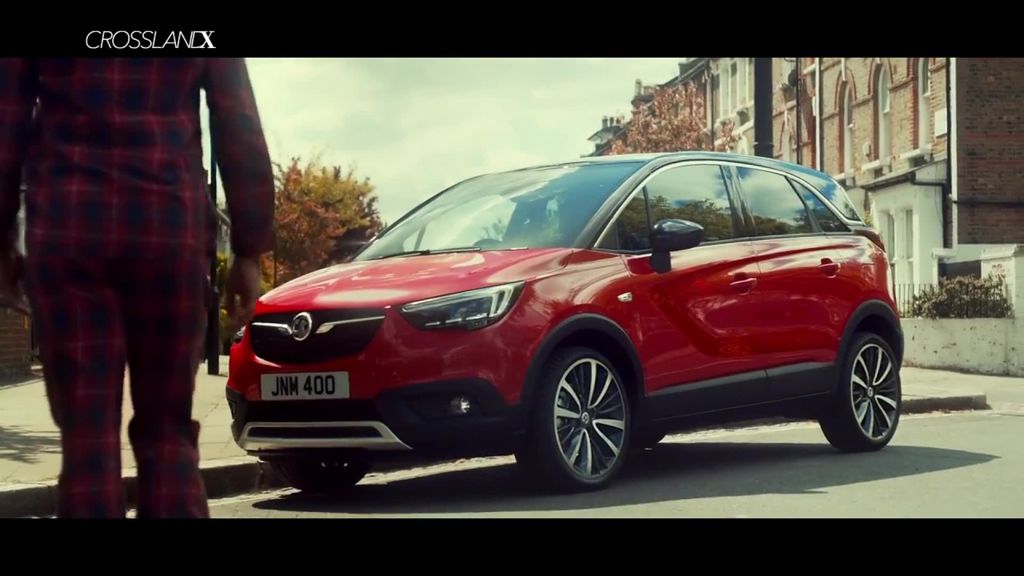
Credits
powered by
- Agency Mother/London
- Director Jake Nava
- Post Production The Mill/London
- Colorist David Ludlam
- Executive Producer Misha Stanford-Harris
- Sound Design Grand Central Recording Studios
- Sound Designer Munzie Thind
- Editor Final Cut/London
- Music Supervisor David Bass / (Music Supervisor)
Above: Mother's Vauxhall spot, Pyjama Mamas.
The truth, also, is that, despite it being 2019, you would be forgiven for believing that car marques simply aren’t interested in female consumers. From traditional magazines designed for an audience that no longer exists, to advertising that routinely treats women as a bit part at best.
The truth is that, despite it being 2019, you would be forgiven for believing that car marques simply aren’t interested in female consumers.
From women’s magazines launching limited editions for women (Yes, Cosmopolitan did launch a limited-edition car for women with eyelashes, that was not a bad dream) to the hyper-masculine language of automotive copywriting. The message is clear: it maybe 2019 but, if you follow the narrative of mainstream automotive advertising, men remain firmly in the driving seat.
A crisis of creativity
When it comes to marketing cars to women, the industry is in the midst of a crisis of creativity; where effectively many brands are ignoring or alienating half of their target audience. According to research from Different Spin, the automotive experience innovation lab from GoodRebels.com, over 50% of women (56%) feel patronised by car advertising.
The good news is there are brands, agencies and media owners that are waking up to the fact that women are more than passengers.
This failure to connect with half of their target market comes as car marques face significant structural challenges. In the age of Uber there is a significant reduction in the number of people aged 18 to 22 getting a drivers’ licence. Business as usual; petrolheads, Jeremy Clarkson and magazines that scream pale, male and stale are no longer fit for purpose. The status quo is a clapped-out banger of a marketing model that is stagnating growth in an already challenging marketplace.
Petrolheads, Jeremy Clarkson and magazines that scream pale, male and stale are no longer fit for purpose.
The good news is there are brands, agencies and media owners that are waking up to the fact that women are more than passengers. Vauxhall Crossland’s Pyjama Mama campaign, created by Mother, was a step in the right direction.
Then of course there is BBH’s iconic Audi Clowns ad; arguably the greatest car advert ever created, and a narrative firmly rooted in the product specifications of the car that doesn’t resort to hyper-masculine rhetoric. Or perpetuate the myth that your daily commute is akin to a spin round Le Mans. By treating its customers as human beings, not petrol heads, Audi was inclusive by design.
Credits
powered by
- Agency Bartle Bogle Hegarty (BBH) UK/UK
- Production Company Rattling Stick
-
-
-
Unlock full credits and more with a Source + shots membership.
Credits
powered by
- Agency Bartle Bogle Hegarty (BBH) UK/UK
- Production Company Rattling Stick
- Editing Company Work Editorial
- Post Production The Mill London
- Sound Design String and Tins, London
- Editor Rich Orrick
- Director of Photography Adam Arkapaw
- Art Director Mikael Alcock
- Copywriter Doug Fridlund
- Agency Producer David Lynch
- Agency Producer Charlie Hurlock
- Executive Producer Katie Keith
- Director Ringan Ledwidge
- Producer Tim Nunn
- Producer Sally Humphries
- Creative Director Ian Heartfield
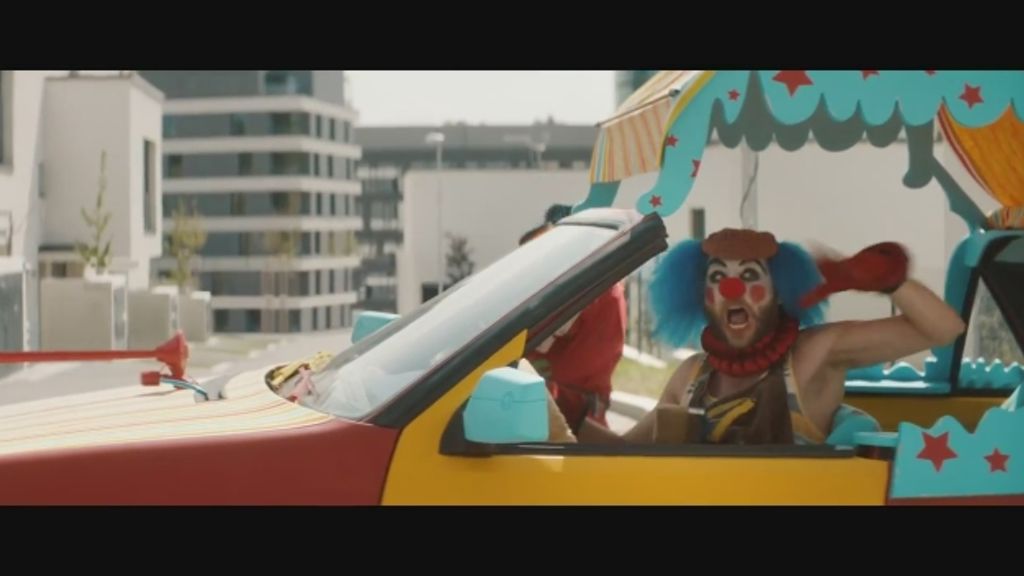
Credits
powered by
- Agency Bartle Bogle Hegarty (BBH) UK/UK
- Production Company Rattling Stick
- Editing Company Work Editorial
- Post Production The Mill London
- Sound Design String and Tins, London
- Editor Rich Orrick
- Director of Photography Adam Arkapaw
- Art Director Mikael Alcock
- Copywriter Doug Fridlund
- Agency Producer David Lynch
- Agency Producer Charlie Hurlock
- Executive Producer Katie Keith
- Director Ringan Ledwidge
- Producer Tim Nunn
- Producer Sally Humphries
- Creative Director Ian Heartfield
Above: Audi Clowns, from BBH London.
Shifting the lens
Yet the truth remains that shifting the lens when it comes to car advertising is challenging when so many aspects of the industry remain firmly wedded to the status quo. Talk to many of the most talented female directors about how difficult it is to land your first car advert and you go some way in explaining the lack of progress in the industry. This same sluggish approach to inclusivity abounds in media owners; where eight-page spreads for product specifications on any given model will routinely ignore such fundamentals as; can you fit three car seats in the back?
Talk to many of the most talented female directors about how difficult it is to land your first car advert and you go some way in explaining the lack of progress in the industry.
Yet, despite these challenges a new narrative is finally emerging. Just look at the triumph that is beautifully designed Sunday, the pilot issue of the slow motoring magazine, which launched earlier this year. Possibly the only car magazine I have actively coveted; brilliantly inclusive, creative and not a petrol head cliché in sight.
The irony in the situation is of course that change is all too often presented as the risk in this scenario; marketers need to be ‘brave’ to sign off on a female director who doesn’t have a reel stacked with car ads. Or to invest in a new magazine such as Sunday, when there is only a pilot issue to go on. Or follow the trail blazed by Mother and Vauxhall and represent, recognise and respect the buying power of women.
The biggest risk of all is to do nothing; maintain the status quo, hire the same directors, create the same ads.
Of course, the biggest risk of all is to do nothing; maintain the status quo, hire the same directors, create the same ads, rely on the same magazines and ignore their dwindling circulations and influence. Women make up 51% of drivers, we are the majority, yet car brands continue to treat us as if we are passengers.
A change of direction is long overdue because the truth is we deserve so much better.
)












